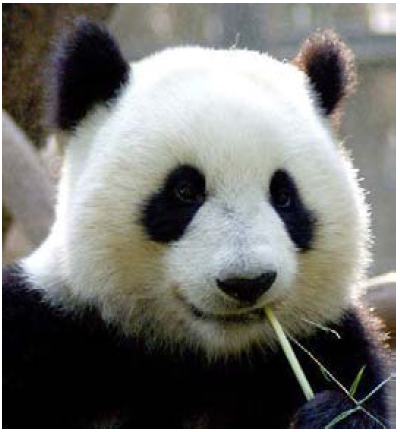
What do you know about Sichuan? Giant Panda’s hometown, hotpot, delicious spicy food, the Shu State (蜀) in the Three Kingdoms Period, and there is more…
Are you a giant panda lover?
Are you fascinated by Chinese history?
Are you planning to travel in Southwestern China?
HERE comes the opportunity! China’s lovely giant panda cordially invites you to visit her hometown!
Time: January 9-14, 2016
Transportation: round-trip flights
Costs: including round-trip tickets, boards, hotel expenses, sight spot tickets, etc.
Students pay part of the tour fee:
| Student Status |
Price (RMB/person) |
| Degree-seeking students with Chinese Government Full Scholarship/Confucius Institute Scholarship |
1100 |
| Visiting students with Chinese Government Full Scholarship/Confucius Institute Scholarship |
1900 |
Pre-university program students
visiting students enrolled in university student exchange and cooperation programs |
2700 |
| Other students |
3980 |
Applicants: Only for the international students
Application Date: From
now to December 4th, 2015. First come, first served.
How to apply: Bring the cash to the International Students Division (Room 330, New Sun Student Center)
Please Note: bring your student ID and one photocopy of passport ID page.
Journey Schedule (subject to the actual journey):
First Day: Temple of Marquis Wu (武侯祠)—Jinli (锦里) Market—Width Alley(宽窄巷子) (Chengdu)
The Ancestral Temple of Marquis Wu was originally constructed in 223 AD. The site consists of a restored temple built in Tang Dynasty (唐朝), which is dedicated to the prime minister and war strategist Zhuge Liang (诸葛亮) of Shu State in the Three Kingdoms Period (三国时期). It is regarded as the Shrine of the Three Kingdoms Period (三国圣地).
Second Day: Research Base of Giant Panda Breeding—Sanxingdui (三星堆) Archaeology Museum (Chengdu)
The Sanxingdui Ruins are made up of several large relic areas, the largest, most important and elegant ancient Shu Culture relics groups in Sichuan. The excavations started in 1980, and the ruins cover 12 square-kilometers in total.
Third Day: Leshan (乐山) Giant Buddha—Du Fu (杜甫) Cottage (Chengdu)
The Leshan Giant Buddha (乐山大佛) is a 71-metre (233 ft) tall stone statue, built during the
Tang Dynasty. The stone sculpture faces
Mount Emei (峨眉山), with the rivers flowing below his feet. It is the largest stone Buddha in the world and it is by far the
tallest pre-modern statue in the world.
Du Fu's Thatched Cottage (杜甫草堂) is a 24-acre (97,000 m
2) park and museum in honor of the
Tang Dynasty poet
Du Fu.
Fourth Day: Dazu (大足) Rock Carvings—Chaotianmen (朝天门) Pier (Chongqing)
The Dazu Rock Carvings (大足石刻) are a series of Chinese religious sculptures and carvings, dating back as far as the 7th century AD, depicting and influenced by
Buddhist,
Confucian and
Taoist beliefs.
 Fifth Day:
Fifth Day: Wulong (武隆) Fairy Mountain—The Three Natural Bridges (Chongqing)
The Three Natural Bridges (天坑三桥) are a series of natural
limestone bridges located within the Wulong Karst National Geology Park. In Chinese, the bridges are all named after
dragons, namely Tianlong (天龙桥–literally Sky Dragon),
Qinglong (青龙桥–literally Azure Dragon) and Heilong (黑龙桥–literally Black Dragon).
Sixth Day: Ciqikou (磁器口)—ancient town in Chongqing
Ciqikou (磁器口) is an ancient town in Chongqing. It was originally called Longyinzhen (龙隐镇) and was also known as Little Chongqing. The name of the town can be traced back to porcelain production during the Ming and Qing Dynasties, as an old Chinese proverb says, “One flagstone road, and one thousand years’ Ciqikou”. Formerly a busy port located at the lower reaches of the
Jialing River (嘉陵江), the town remains a symbol and microcosm of old Chongqing.

International Students Division
November 27, 2015
